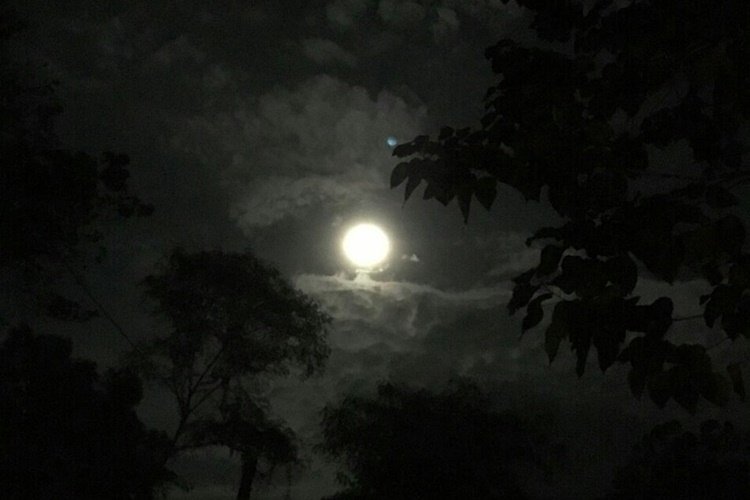Here are the top 10 mythical creatures in the Philippines that you need to know, which have been part of the country’s history.
Humanity has created a web of stories that reach beyond the borders of reality throughout history and throughout cultures, giving rise to an appealing realm of mythological beings. These beings have left an everlasting influence on mythology, art, literature, and even current pop culture, having emerged from the creative depths of human imagination.
The Philippines, with its rich tapestry of cultures and diverse landscapes, is home to a fascinating array of mythical creatures that have been woven into the fabric of its folklore for generations. These legendary beings, each with their unique stories and characteristics, continue to captivate the imagination of Filipinos and intrigue those who delve into the enchanting world of Philippine mythology.

Multo
Multo are often portrayed as restless spirits confined to the earthly realm because to unresolved issues or unfinished business. These encounters can range from friendly to frightening, eliciting emotions ranging from curiosity to horror.
Kapre
A towering tree-dwelling giant with a penchant for smoking cigars, the kapre is believed to be a guardian of nature. Though usually benign, kapres can be mischievous or play pranks on unsuspecting individuals.
Duwende
Nuno sa Punso is believed to be spirits who live in ant hills. Disturbing their home is thought to bring bad luck or disease, but bringing gifts or requesting permission might help ease the effect.
Tikbalang
A half-man, half-horse creature, the tikbalang is said to be the protector of the forests and mountains. It is known to mislead travelers by altering paths or creating illusions.
Tiyanak
The tiyanak is sometimes portrayed as a vengeful infant or child who attracts unwary victims with its innocent appearance. Its real objectives, however, are far from benign. It is claimed to imitate the screams of a distressed infant, luring people, generally parents, into its trap.
Aswang
One of the most well-known creatures, the aswang is a shape-shifting monster that preys on humans, often depicted as a blood-sucking vampire or a monstrous creature that consumes human flesh. Aswang tales vary across regions, each adding its own twist to this eerie legend.
Manananggal
A female monster that possesses the ability to separate its upper body from its lower half and flies around during the night in search of victims, often pregnant women.
Sigbin
In Philippine folklore, is a creature who appears at night to suck the blood of victims from their shadows. It is reported to walk backwards with its head buried between its rear legs and to be able to become invisible (sleep) to other species, particularly humans.
Batibat
In Ilocano tradition, the Batibat is a vengeful monster. The beast is known as Bangungot in Tagalog legend. The batibat assumes the appearance of an ancient, grotesquely fat female tree spirit.
Mangkukulam
Filipino witches practice black magic and other related activities in the Philippines. They involve different kinds of persons with varying jobs and cultural meanings depending on the ethnic group with whom they are linked.
These mythical creatures showcase the Philippines’ rich cultural heritage and the intertwining of reality and fantasy in its storytelling traditions. They also reflect the values, beliefs, and natural surroundings of the various regions across the country.
